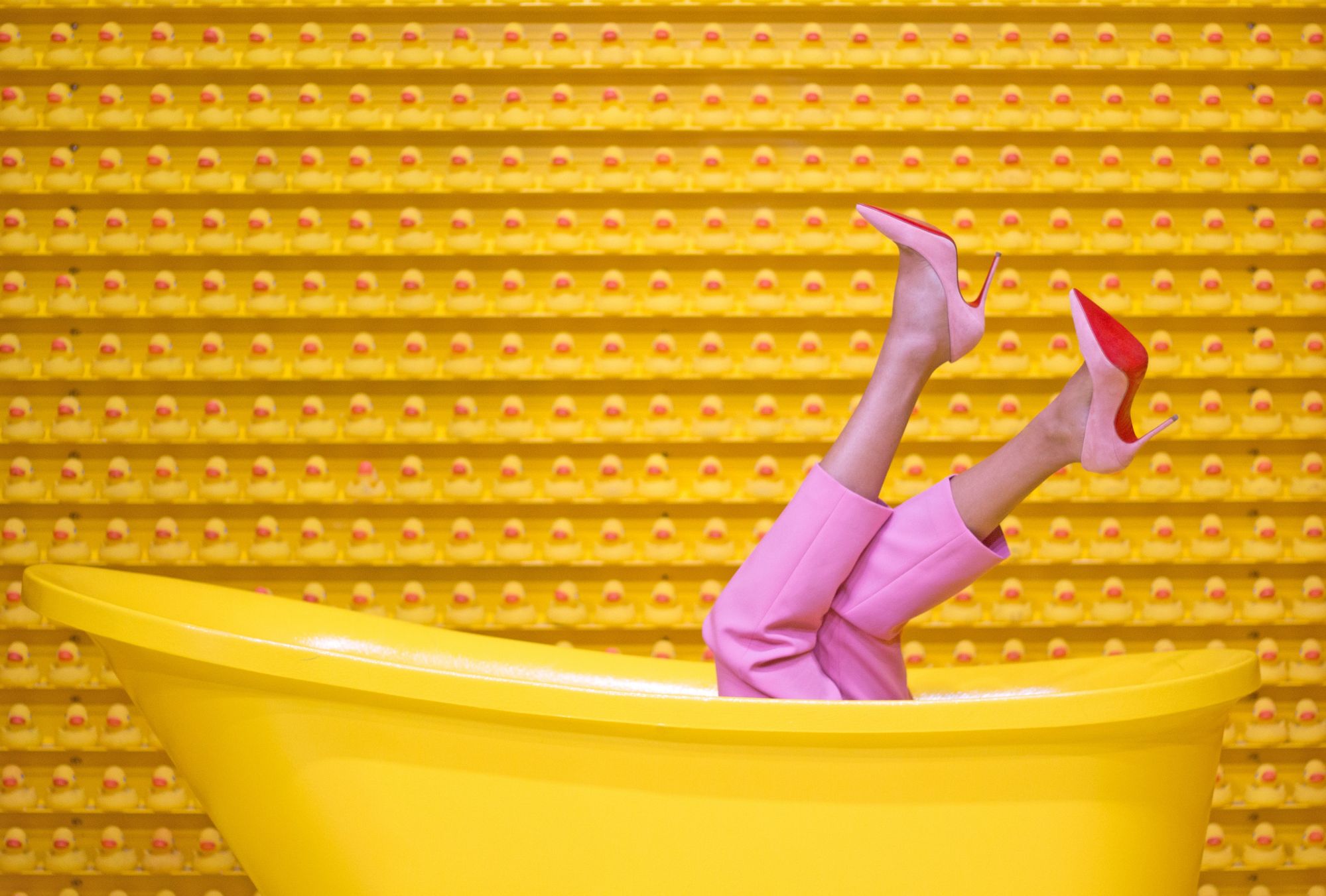Tatler+
Want to dance the night away in your favourite stilettos and in absolute comfort? Yes, you can—and still avoid painful bunions
You can’t live without your Choos, Louboutins and Blahniks, and we don’t blame you. The right pair of high-heels make us stand tall, give us a bolstered sense of confidence, make our walk more attractive and most importantly, make heads turn. Plus, there really is nothing more exquisite than a beautiful pair of heels.
But what if your high-heel shoes and stilettos are causing you pain each time you take a step? Everyone wants to look good, but does it have to come with a painful price?
The good news: It doesn’t have to, says Dr Kevin Koo, director and consultant orthopaedic surgeon at The Bone & Joint Centre, Mount Elizabeth Medical Centre.
(Related: How To Take Care Of Your Physical And Mental Health During the Pandemic)

Caring For Your Feet First
According to Dr Koo, long-term use of high-heels, pointed footwear and ill-fitting shoes can lead to problems like bunions, corns and calluses along with an increased risk of ankle sprains, worsening of existing conditions like ingrown toenails and hammer toes, Achilles tendinitis and even knee and back pains.
Among these, bunions, that red painful bump at the joint of your big toe, are the most common.
“A bunion is a deformity of the big toe where it drifts or deviates outwards and towards the second toe,” says Dr Koo. “As a result, a bony bump forms at the base of the big toe, which over time, can become inflamed and painful.”
And if left untreated, bunions can make it difficult to wear shoes, affect your mobility and even result in “overlapping” of your other toes.
So what causes bunions? Besides shoes with narrow fronts and high-heels, Dr Koo shares that family history can also increase your chances.

